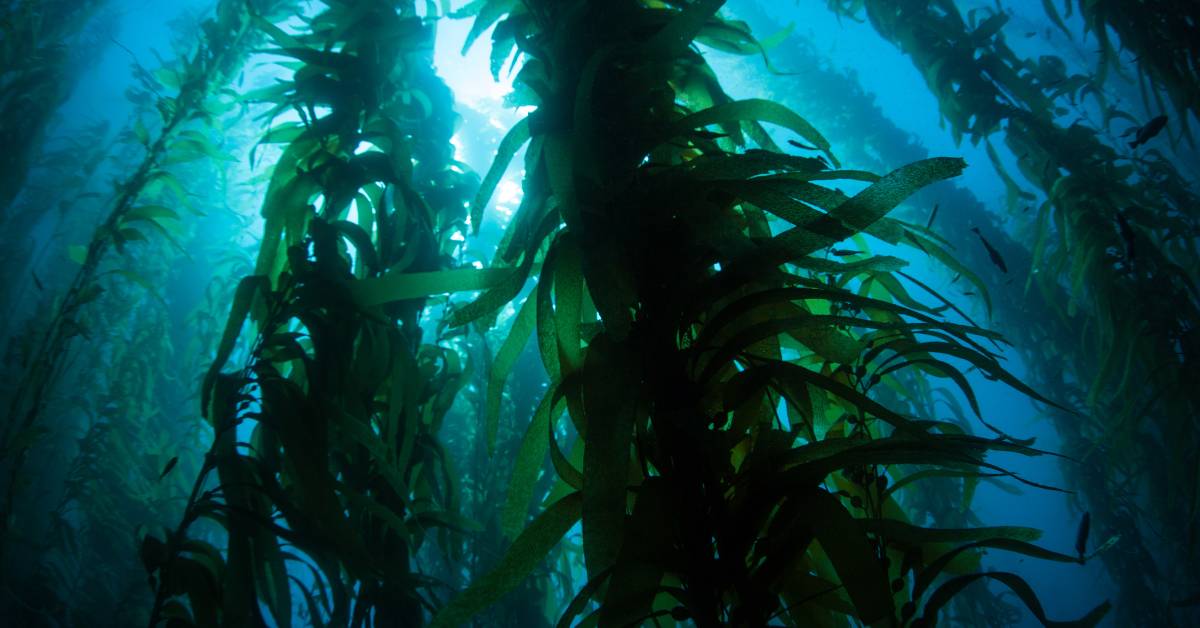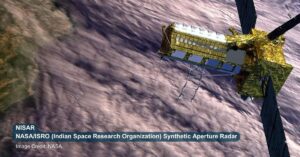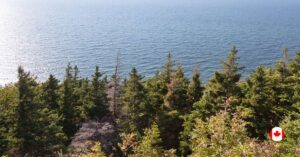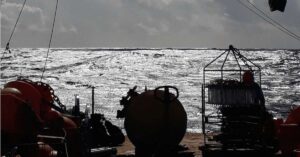Studying the halo buffering of giant kelp cultivation on local ocean acidification in Namibia
We commit to undertake a project that explores the role of cultivated giant kelp (Macrocystis py.) in mitigating ocean acidification and promoting bioremediation through co-growing practices. By harnessing the natural abilities of seaweed to drawdown dissolved carbon dioxide (CO2) during photosynthesis and to absorb excess nutrients, the initiative aims to contribute valuable data to OARS. The project will undertake studies to assess seaweed’s potential at mitigating ocean acidification within a giant kelp farm and the corresponding effect on calcifying organisms that settle on Kelp Blue’s farm structures.
Due to this potential to ameliorate OA conditions, the concept of integrating kelp aquaculture with shellfish aquaculture, one example of integrated multi-trophic aquaculture (IMTA), is an increasingly popular consideration. Shellfish (e.g. mussels, oysters may be negatively impacted by increasing OA conditions, where OA lowers the availability of carbonate ions necessary for them to build and maintain their calcium carbonate shells. The increased pH and alkalinity levels due to carbon fixation during photosynthesis may mitigate local acidification, thus fostering an environment where calcium carbonate shells of molluscs are less prone to dissolution.
To further explore this relationship, we propose to analyse the mussels (spp) that grow naturally on the structures and kelp (Macrocystis pyrifera) to determine effects on shell calcification rates. We will partner with Kelp Blue, a kelp farm company that currently has a large-scale Macrocystis farm located in southern Namibia. We will describe the carbon chemistry of the seawater within the farm, within the predicted halo of the farm, and outside of the halo. “Halo” refers to the seawater immediately surrounding the kelp farm, where some studies have described a measurable effect that the kelp farm has on the carbon chemistry of the bulk seawater.
Primary Objectives:
- Investigate the potential of cultivated giant kelp in mitigating ocean acidification by contributing to increased local pH and alkalinity levels, focusing on onsite giant kelp farm measurements at Kelp Blue’s commercially active farm in Namibia.
- Assess the shell calcification rates of selected shellfish that are grow on the kelp farm structures within a scaled giant kelp (Macrocystis pyrifera) farm to shellfish located outside and away from the farm (control site).
- Describe the size of the “halo effect” created by the kelp farm, the diffusive region immediately surrounding the farm where the kelp’s influence on seawater chemistry can be measured.
We will be openly sharing the results of this research which also entails a scholarship for the Namibian student who will undertake it and who is registered at the University of Namibia. We will ensure transfer knowledge and capacity building by co-supervision by international OA experts eg drom universities of Rhode Island (US) and Victoria (Wellington, NZ).
Relevant OARS outcomes
Outcome 1: Quality Data
Outcome 2: Science to Action
Outcome 3: Observing Strategies
Outcome 4: Biological Impacts
Outcome 6: Public Awareness
Ocean Basin
South Atlantic



